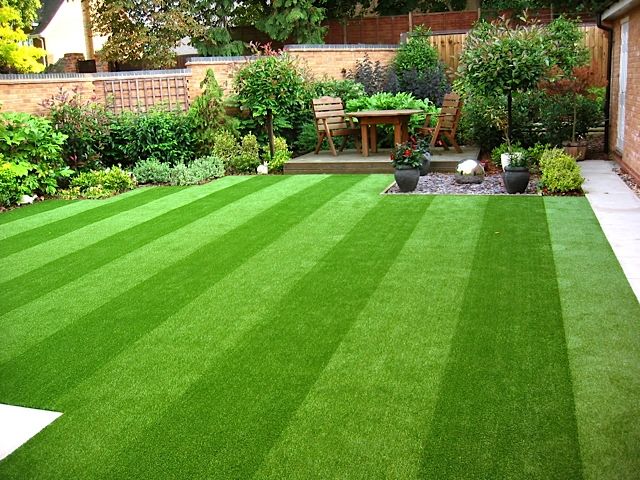Good looking grass is very high-maintenance, and needs frequent cutting, trimming, weed-elimination, and watering. Every one of these leave a negative impact on your local ecosystem- the good news is, synthetic turf can provide a solution. With a small amount of upkeep required, there’s no longer the demand for damaging artificial sprays and fossil-fuel-dependent grass mowers. Artificial grass will continue to appear new for as much as 20 years and so you can kick back and relax knowing that the garden that you can trust your kids and/or family pets to have fun in, will remain toxin-free. Click here for more information www.artificialgrassmaintenance.co.uk
Limits Heavy Water Usage
To be able to look after regular grass recurrent watering is vital, particularly through Summer, and this substantial water usage has negative impacts on the environment. One of the benefits of synthetic turf is that minimal to no watering is required to keep it looking great. Artificial grass doesn’t dry up or die in the heat like regular grass, and so with specialists like, you don’t need to to squander irreplaceable water on grass lawns.
Saving resources such as water is starting to become more vital and really should contribute to your pick of grass. Synthetic grass lawns is only going to call for hosing down if debris or dirt has to be cleaned up and removed, and usually a small amount of rain will complete this task for you!
Helps Minimize Climate Change
If cutting your carbon footprint is essential to you then artificial grass would be the best way to go. The low upkeep that is required will mean that minimal equipment is needed- no lawnmowers, grass clippers, or scarifiers required, all of which use fossil fuels. Artificial grass is always cut and weedless from the minute it’s put in, and this means you don’t need to rely on any kind of damaging lawnmowers or cutters.
Not using any of these devices will cut your petrol and diesel fuel usage, and as a consequence minimize greenhouse gas emissions.
No Need For Harsh Chemicals
Grass demands the use of fertilisers, pesticides, and other harsh chemicals to kill weeds and to keep your grass looking fresh. In addition to being made from materials such as fossil fuels (further increasing greenhouse gas emissions), you can run the risk of your grass becoming toxic. This creates a dangerous environment, especially for pets and children.
No Toxic Run-off
An additional adverse aftereffect of applying harsh chemical contaminants on grass lawns is harmful contaminated run-off that happens when it rains. The rainwater carries the harmful chemicals that are upon the grass across surfaces and will end up in local water systems, including fish ponds and streams, at times killing the aquatic life. Significant amounts of poisonous chemicals running into marine environments also can trigger algal blooms, which in turn greatly reduces the oxygen concentrations within the water. The marine life will then get sick and/or die, causing a population decrease, and reducing regional biodiversity.
Occasionally these agal blooms may become dangerous to humans because they generate bacteria growth and increased contaminant concentrations in water. This could certainly cause people to become sick if they encounter the toxified water, through either drinking the polluted water or ingesting contaminated fish.
Artificial turf has no requirement for any harmful chemicals and offers an alternative to the harmful effects of sustaining regular grass.
